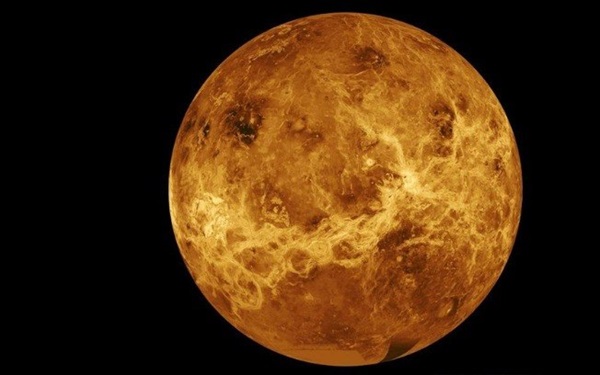Stowaways Welcome on India’s Upcoming Venus Mission
Posted on Categories Discover Magazine

An Adventure to Venus
Though widespread interest in Venus has somewhat waned over recent decades, India’s upcoming mission aims to turn that tide.
As part of a still unnamed mission, ISRO will launch an approximately 5,500-pound (2,500-kilogram) spacecraft aboard the heaviest rocket they currently operate: the Geosynchronous Satellite Launch Vehicle Mark III. The sheer size and power of this three-stage rocket will enable the spacecraft to ferry a full suite of instruments, weighing up to about 220 pounds (100 kg), all the way to our sister planet.
The spacecraft will initially be placed in a very inclined orbit around Venus — one that will take it as close to the planet as 310 miles (500 kilometers) and as far away as 37,300 miles (60,000 kilometers). Once in place, according to the ISRO’s announcement, scientists will then likely make slight adjustments to the spacecraft’s trajectory to help gradually shrink its orbit for a better view.
After the orbiter’s flight path is finalized, the mission will begin full-on science operations. One of the main goals of the mission is to closely analyze Venus’ surface features to better understand how the planet resurfaced itself so dramatically over the past billion years. Additionally, the mission will investigate what role solar wind and solar radiation play in heating the planet, as well as study the chemistry and dynamics of the venusian atmosphere.
Although ISRO has already selected 12 Indian instruments that will venture to Venus aboard the spacecraft — including atmospheric analyzers and a whole host of cameras — according to rocket scientist and ISRO Chair Kailasavadivoo Sivan, “Planetary exploration should be all about global partnerships.”
And that’s why ISRO made a call for more instrument proposals: Collaboration makes the science grow stronger.
Despite the recent lull in Venus exploration and the resulting disruption in the Venus-expert pipeline, India’s upcoming mission may serve as an inflection point, where new findings spur revived interest in our sister world. “In my view,” said McGovern, “we are presently at the reconnaissance stage of [Venus] exploration, equivalent to that of pre-1997 Mars.”
And considering the plethora of highly successful missions that have explored Mars in the past two decades — including NASA’s Spirit, Opportunity, and Curiosity rovers, as well as the ISRO’s Mars Orbiter Mission — the next 20 years could very well be a much-needed score for Venus.